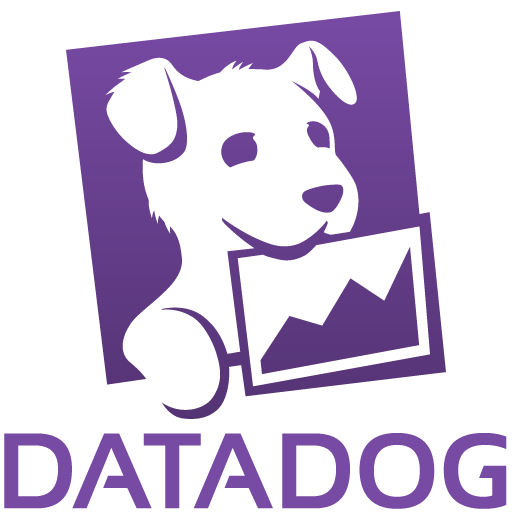The monitors need improvement. We need easier root cause analysis when a monitor hits red. When we get the email, it's hard to identify why the trigger has gone red and which pod exactly is to blame in a scenario where the pod is restarting, for example.
Prices are a very difficult thing in Datadog. We have to be very mindful of any changes we make in Datadog, and we are a bit afraid of using new features since, if we change something, we might get charged a lot. For example, if we add a network feature to our nodes, we might get charged a lot simply by changing one flag, even though we are only going to use one small feature for those network nodes. However, due to the fact that we have more than 50 nodes, all of the nodes will be charged for the feature of "Network hosts".
This leads us to not fully utilize the capabilities of Datadog, and it's a shame. Maybe we can have a grace period to test features like a trial and then have datadog stop that for us to avoid paying more by mistake.
